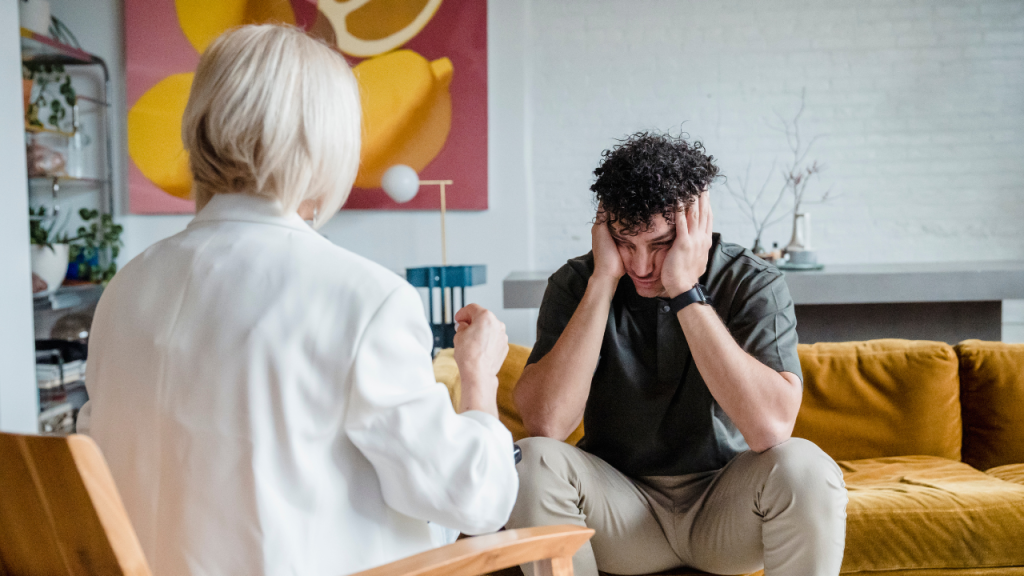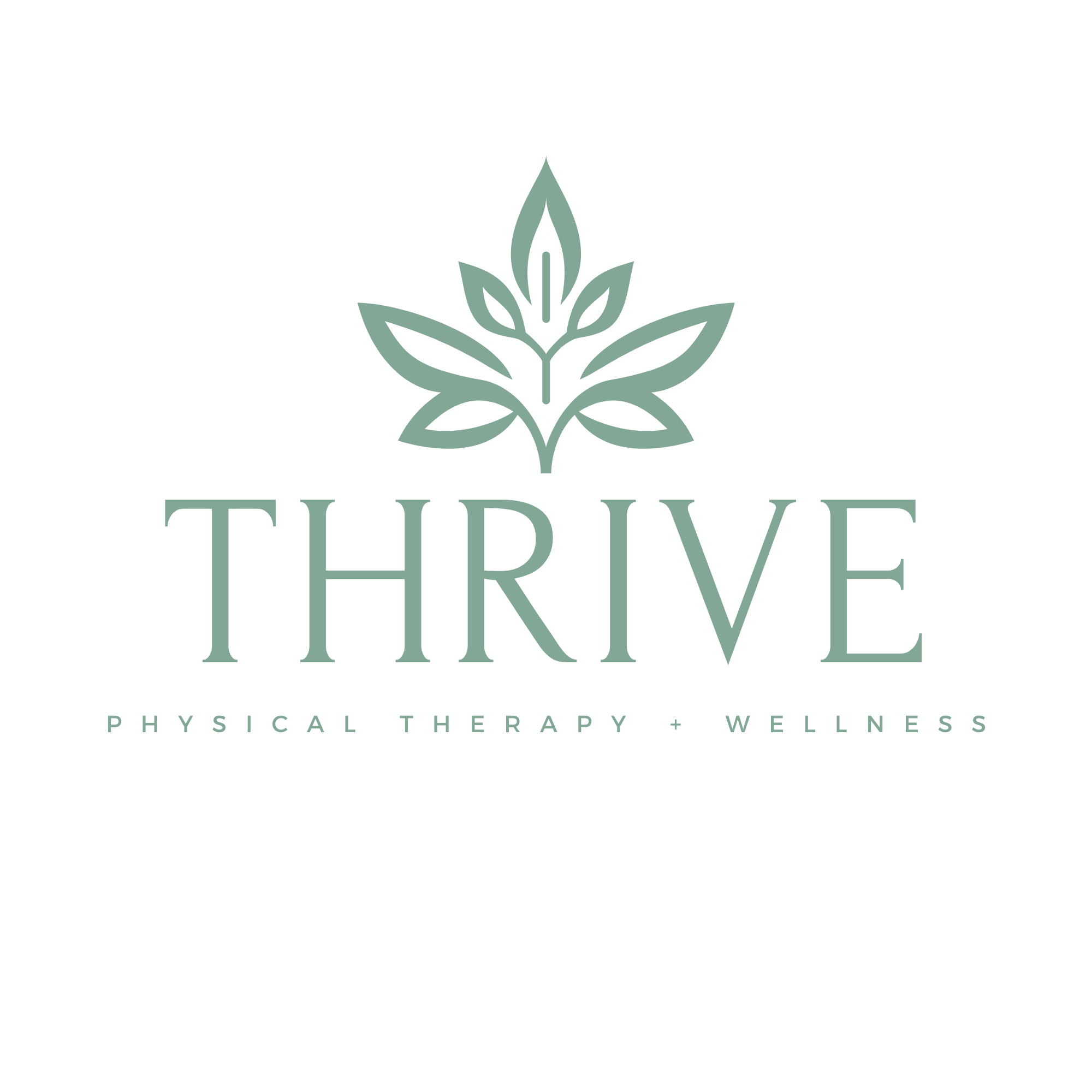
Recovering from surgery is often a crossroads of choices, and one of the most common dilemmas patients face is deciding between simply resting and actively engaging in physical therapy. It’s natural to assume that rest is the safest route after going under the knife. After all, your body just went through trauma, and who wouldn’t want to play it safe by staying still? But as it turns out, the conversation isn’t as straightforward as “rest equals recovery.” Let’s dive into why this debate exists and explore the nuanced benefits of physical therapy versus rest, all while drawing on the expertise and fresh perspective brought by Thrive Physical Therapy.
The Seductive Comfort of Rest
Immediately after surgery, the body sends clear signals: pain, swelling, fatigue. The natural instinct is to retreat, to lie down, and to avoid movement. Rest has long been viewed as the cornerstone of healing. It’s like hitting the pause button on your physical activity, giving the body time to “seal the cracks” and rebuild. There’s no doubt that in the very initial stages, rest plays a vital role in preventing complications like reopening wounds or excessive bleeding.
But here’s the catch—prolonged rest can sometimes be a double-edged sword. While it may feel like you’re doing the best for your body, too much inactivity can slow down your overall recovery. Muscles weaken, joints stiffen, and circulation decreases, which can actually delay the healing process and increase discomfort in the long run. This is where the art and science of physical therapy enter the picture.
Physical Therapy: More Than Just Moving
Physical therapy is often misunderstood as simply “exercise” after surgery, but it is so much more nuanced than that. It’s a carefully tailored program designed by professionals who understand the delicate balance between rest and activity. Thrive Physical Therapy emphasizes a patient-focused approach, where therapy isn’t a one-size-fits-all prescription but a dynamic process adjusted to your specific surgery, body, and recovery timeline.
Physical therapy aims to restore movement, strength, and function safely and effectively. Instead of ignoring the signals your body sends, therapists listen carefully, working with you to gradually improve mobility without jeopardizing the healing tissues. This gradual reintroduction of movement encourages blood flow, which delivers oxygen and nutrients vital for tissue repair. It also helps reduce swelling and prevents the build-up of scar tissue, which can limit range of motion and cause chronic pain.
Think of physical therapy as a guided journey where every step is calculated to push your boundaries just enough to heal stronger—not weaker.
The Science Behind Movement and Healing
One fascinating thing about healing is how much the body thrives on movement—yes, even after surgery. Scientific studies consistently show that carefully monitored physical therapy reduces the risk of complications like blood clots and pneumonia, which can arise from being immobile for too long. When muscles contract and joints move, they act like natural pumps that improve circulation and keep your cardiovascular system humming along.
On the other hand, too much rest can lead to muscle atrophy (muscle wasting), joint stiffness, and even mental health challenges like depression or anxiety due to reduced activity and social isolation. Physical therapy doesn’t just rebuild your physical body—it can also uplift your mood and boost your confidence in the healing process. That’s a powerful combination many patients overlook when they think rest is the safer bet.
Listening to Your Body, Guided by Experts
One of the biggest advantages of working with physical therapists from places like Thrive Physical Therapy is the personalized care. Post-surgery recovery isn’t just about pushing through pain or following a rigid routine. It’s about paying close attention to your body’s cues and adjusting accordingly.
Experienced therapists know how to differentiate between “good pain,” which signals progress, and “bad pain,” which warns of potential setbacks. This understanding allows them to design exercises and treatments that promote healing rather than harm. For patients, this guidance can be reassuring, especially when fear of movement can create a mental barrier to recovery.
Moreover, therapists help educate patients on posture, body mechanics, and ways to avoid compensatory movements that could lead to further injury. This education equips patients with tools not only to heal but also to maintain long-term wellness.
The Emotional Side of Recovery
Resting after surgery can sometimes feel like an emotional trap. Patients often describe feeling isolated or frustrated by the slow pace of healing. Physical therapy breaks that cycle by providing a sense of progress and purpose. Engaging in a structured recovery plan helps combat feelings of helplessness and empowers patients to take an active role in their healing.
Thrive Physical Therapy takes pride in fostering a supportive environment where patients don’t just recover—they thrive. The encouragement and professional care help many regain not only their physical health but also their motivation and mental resilience. Recovery becomes less about enduring and more about evolving.

When Rest is Crucial
This isn’t to say rest is irrelevant. In fact, immediately post-surgery, rest is absolutely critical. Your body needs that initial phase to settle down inflammation and begin the repair process. Rest protects fragile tissues from stress and prevents complications like wound dehiscence (where the surgical site might reopen).
The key is knowing when to transition from rest to movement, which varies from one patient to another and depends on the type of surgery, the individual’s health status, and other factors. This transition is precisely what professional physical therapy is designed to manage expertly.
Customizing Recovery: A Blend of Rest and Therapy
Ultimately, the best approach to post-surgical recovery isn’t an “either/or” situation between rest and physical therapy. It’s a thoughtful blend of both, sequenced carefully to maximize healing and functional restoration.
Think of recovery like baking a cake. Rest is the quiet baking phase where ingredients meld and the structure forms. Physical therapy is the careful decorating, adding shape, color, and personality to the final product. Skip either, and the cake is incomplete.
This is why partnering with a knowledgeable physical therapy provider like Thrive Physical Therapy can transform your recovery. They craft a roadmap that integrates rest periods with targeted movement, balancing your body’s need to heal with the necessity of regaining strength and flexibility.
Why Thrive Physical Therapy?
What sets Thrive Physical Therapy apart is their commitment to individualized care. They don’t just hand you generic exercises; they listen to your story, evaluate your unique surgical experience, and tailor every session to fit your healing journey. Their expert therapists provide hands-on treatments, education, and motivation all in a compassionate, patient-centered atmosphere.
For patients, this approach means feeling understood and supported every step of the way. Instead of a passive recovery, you become an active participant in your health, guided by science and empathy.
Suggested Reading: How Soon After Surgery Can You Begin Physical Therapy?
Conclusion: Moving Forward with Confidence
So, when it comes to post-surgery recovery, the question isn’t simply “Physical Therapy or Rest?” but rather “How can I best balance rest with guided movement to heal fully and thrive?” Rest is undeniably important in the early phase, but prolonged inactivity can hinder your recovery and quality of life. Physical therapy, when personalized and carefully managed, offers a pathway to regain strength, mobility, and confidence.
If you’re recovering from surgery and wondering what your next steps should be, consider the value of professional guidance. With the right support, you don’t just recover—you thrive. That’s the promise of Thrive Physical Therapy. They offer a fresh, compassionate approach that helps patients embrace movement safely and effectively, turning post-surgery challenges into opportunities for a stronger, healthier future.
For more detailed guidance tailored to your unique recovery needs, visit https://thriveptclinic.com/. Your journey to thriving beyond surgery starts there.

